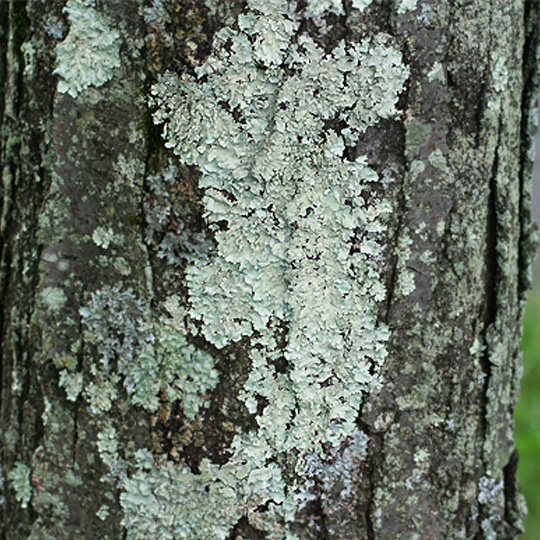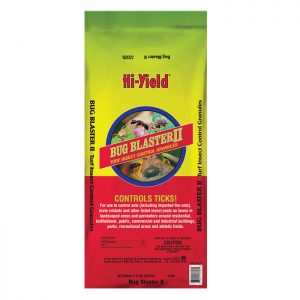Grass, Lawns and Bugs!
• Mow at least weekly to ensure no more than a third of the grass blade is cut each time. This will also aid with the prevention of thatch buildup. St Augustine and Bahia Grass should be cut 3”-4” high while Zoysia Grass is 1 ½ inches and Bermuda should be 1-1 ½ inches.
• Watch lawns for brown spots which can be caused by either improper irrigation or Chinch Bugs at this time of the year. Check irrigation heads to insure they are watering as they should. Have heads replaced or redirected if needed.
• Chinch bugs like hot, dry areas near sidewalks and driveways and can sometimes mimic dry patches. Chinch bug products should be applied to prevent damage (See our Lawn Calendar guideline to guidance available either at the Garden Center or on our website)
• If mole crickets are detected in Bahia Grass, apply an insecticide labeled for them by the end of May. Mole crickets start hatching in the beginning of June and can be better managed when they are young.
• Likewise, if you see small black colored grasshoppers in your garden, try to take care of them when you see them because these will grow into the giant grasshoppers-Lubbers that will eat you out of house and home. Ragged leaves on Crinum Lilies or other large foliage plants usually mean feeding lubbers. Spinosad or Thuricide (BT) are good options for this problem.
• Thrips will also be starting to make an appearance on roses or hibiscus. If your buds are dropping off your plants unopened- it is a classic sign of thrips. Use Spinosad to treat.
• Oleander caterpillars are also starting to make an appearance now. They are orange in color and are easy to spot. They can be handpicked or sprayed but check your plants frequently because they lay their eggs on your plant and you may think you have them all but two days later you are infested again. These same caterpillars can take a liking to Desert Rose, Dipladenia and Mandevillea so if you have these plants- keep an eye out. Use products like Thuricide (BT) or Spinosad to help with these critters.
• Aphids can also be a problem on fast growing plants like hibiscus and viburnum to name a few. Horticultural Oils are the best product to use for aphids and are available in ready to use, hose ready or concentrate you mix yourself.
• Be vigilant for the appearance of sod webworms as well. While sod webworms do not kill St Augustine grass they definitely can ruin the appearance. They come out at night from the soil and eat the blades of grass. It will leave a large dry, chewed looking patch in your grass. Webworms like shaded areas and hot humid weather so they will start to become active soon. They tend to choose an area (or two) and will stay in that area until the infestation becomes even larger.
• One of the first signs of sod webworms is white moths that swarm if you walk through the lawn that is affected they will fly around you. This moth is who lays the eggs in the soil that turn into sod webworms. Spraying the area with an insecticide will not stop the moths. They will just fly away. The soil needs to be treated by liquid soaking or granular application of an insecticide for elimination.
• The good news is, the grass will eventually grow back if you discovered it too late to be proactive.
• Always remember to spray either very early morning or later in the evening (before 7 and after 7). Never spray in the middle of the day as you can damage your plants. Ideally spray later in the evening when the bees have beneficial insects are far less active.
Lichen
Lichens are flaky moss like organisms that grow on the bark and branches of our landscape trees or shrubs. They do not attack and kill. They are a very natural part of landscapes and wooded areas on every continent of the world.
Lichen may look like moss, but it is actually an algae and a fungus living together mutualistically, an association which is advantageous to both organisms. The bulk of a lichen is comprised of fungal hyphae called rhizoids, Rhizoids serve to attach the lichen to things like rocks, bark, branches, etc. Rhizoids also obtain minerals from rainwater, organic debris, like bird excrement and windblown particles,
The algae get water and nutrients from the fungus.
We tend to notice lichens more in late winter when plants are bare, and we are beginning to set expectations for our landscape’s spring explosion. This is all well and good you might say, but it looks ugly, and it is killing my tree/shrub. Most people believe lichens are diseases which have killed or are killing their plants. However, there is no documented proof that lichens parasitize or kill plants,
Plants covered with lichens may look trashy, but there are reasons why they are covered. They grow rapidly when exposed to sun and a bare plant or a plant with a thin canopy creates ideal location for lichen to proliferate. If a plant is declining and covered with lichen, there is some other cause. Lichens are just taking advantage of a sunny situation. Consider other possible causes of the plant’s poor growth like stress, drought, diseases or insects. Lichens are not considered pests. So, there are no chemicals we can spray to legally control lichens. You can try picking them off bark or pruning out covered branches which may already be dead.

So, after knowing lichens a little better, perhaps we should not panic and blame them for killing our landscape plants. Rule out lichens as the cause and start checking for other possibilities like decline from insect, disease or water problems.
Deer
This is the time of the year when new baby deer and young ones are wandering around trying to find out what to eat. Remember despite the many, many lists out there that provide deer resistant plants, there is never a sure thing. Young will try anything once. Look around your neighborhood if you are in a deer zone and see what plants (flowers) seem to be thriving. If you don’t know what they are, take a picture and stop by or email us and ask.
Don’t assume that you can “hide” a plant and they won’t find it either. They will!
Contact us! verdego.landscape1@gmail.com
May Lawn Products
With warmer weather insects become very active!
For Zoysia Grass & St Augustine
Bug Blaster- Turf Insect Control
Bug Blaster is a fast acting, long lasting lawn perimeter insect control.
• It provides excellent control of numerous bugs including, but not limited to ants, fleas, fire ants, mole crickets, chinch bugs.
Irrigate or water immediately after application avoiding run off (Broad spectrum residual insecticide for the control of certain insects in home lawns)
Controls: Ants, Armyworms, Chinch Bugs, Crickets, Fire Ants, Fleas, Grasshoppers, Scorpions, Spiders, European Crane Fly and others listed on label.
Bahia Grass – no treatments this month!